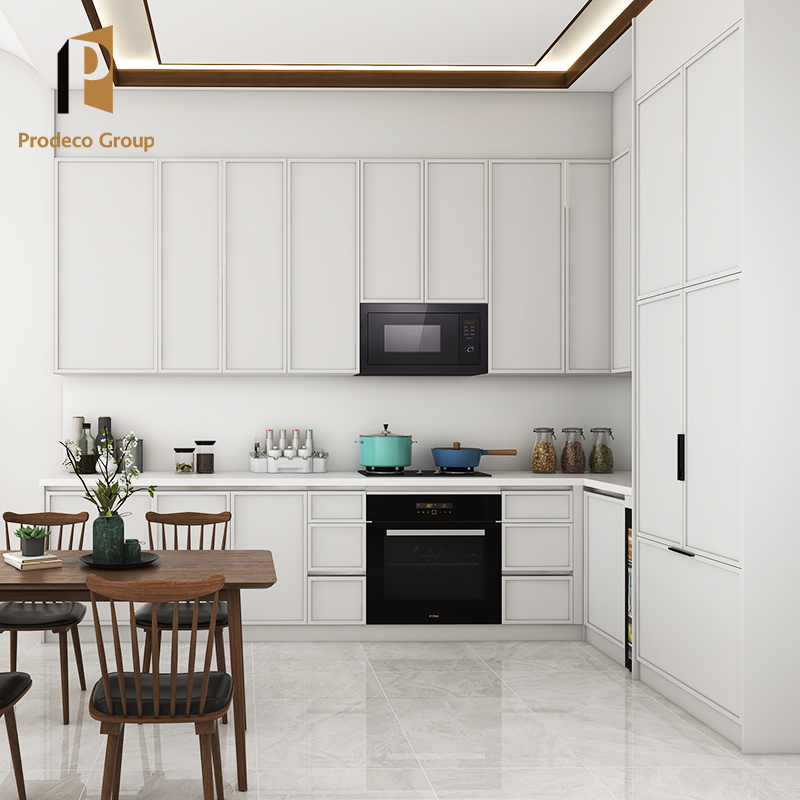Acrylic kitchen cabinets performance
1. It has crystal-like transparency, the light transmittance is above 92%, the light is soft, and the vision is clear. Acrylic colored with dyes has a good color development effect.
2. Acrylic kitchen cabinets has excellent weather resistance, high surface hardness and surface gloss, and good high temperature performance.
3. Acrylic sheet has good processing performance, which can be processed by thermoforming or mechanical processing.
4. Transparent acrylic sheet has a light transmittance comparable to glass, but the density is only half that of glass. In addition, it is not as fragile as glass, and even if it is broken, it will not form sharp fragments like glass.
5. The abrasion resistance of acrylic kitchen cabinets is close to that of aluminum, it has good stability and is resistant to corrosion by a variety of chemicals.
6. Acrylic sheet has good print-ability and spray-ability, and proper printing and spraying techniques can give acrylic products an ideal surface decoration effect.
7. Flammability: It is not spontaneously combustible but is flammable and does not have self-extinguishing property.

Advantages and disadvantages of acrylic material
1. What are the advantages of acrylic materials
Traditional sanitary ware materials are generally ceramic products, and acrylic is a new type of material after ceramics. Compared with traditional materials, besides the high brightness of acrylic is very good, it also has the advantages of good toughness, not easy to break, and strong repair-ability. And it’s very convenient to clean, just dipping in toothpaste can make the sanitary ware look new. The texture is soft, and it won’t feel cold to the touch in winter; the color is rich, which can meet the individual pursuit of different tastes. Acrylic basins, bathtubs, and toilets are not only good in style, but also very environmentally friendly, which are deeply loved by everyone.

2. What are the disadvantages of acrylic materials:
Acrylic material has many advantages, but it is more difficult to produce and the cost is relatively high, so there are many cheap substitutes on the market. Also called “acrylic”, it is actually an ordinary sandwich board. The surface hardness is low, easy to fade, and the polishing effect is poor after sanding with fine sand. If it encounters thermal expansion and contraction, it will cause delamination.










